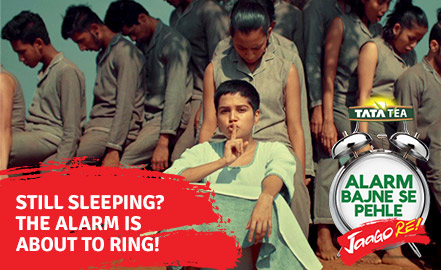8 things you should know about the Indian Army

The Indian Army is the second largest army in the world, and is a branch of Indian armed forces, specialised in operating on land. It is also the largest component of the Indian armed forces. The chief responsibilities of the Indian Army include national security and maintaining unity, protecting India from external and internal threats, maintaining peace and security within Indian borders, and also conducting rescue operations during natural calamities and disasters.
On 15th January 1949, Lieutenant General K.M. Cariappa took over as the first Commander-in-Chief of the Indian Army, and this day is celebrated as the Army Day in India.Today, on account of the 68th Indian Army Day, here are 8 points about the Indian Army that we should all know about:
1. The President of India is the Commander-in-Chief of the Indian Army, and the Army is commanded by the Chief of Army Staff (COAS). Here’s a graphic representation of the structure of the Indian Army:
.jpg)
2. The Indian Army is an all-volunteer force (the largest all-volunteer force) with a regimental system where an enlisted troupe normally spend their entire career in the regiment. Some regiments are formed on the basis of religious, ethnic or regional identities (e.g. Gorkha Regiment, Sikh Regiment, Assam Regiment etc.), but there are also regiments that not limited to ethnic, religious or regional identities (e.g. the parachute regiment and the Brigade of Guards). Depending on geography and operation, they are divided into seven commands - Army Training Command, Central Command, Eastern Command, Northern Command, Southern Command, South Western Command, and Western Command.
3. The Indian Army has been the largest contributor to the UN peacekeeping forces, and India also holds credit of forming the first Female Formed Police Unit under the UN.
4. Siachen glacier, at a height of more than 5000 metres above sea level, is the highest battlefield in the world, and it is under the control of the Indian Army. The conditions at the Siachen are extremely difficult, with temperatures dropping as low as minus 50 degrees and more soldiers perish from cold, than from bullets. The Indian soldiers have successfully defended this region against all conflicts and aggressions.
5. The Military Engineering Services is one of the largest construction and maintenance agencies in India, and is responsible for some of the best constructions across the country, like the Khardungla Pass (the highest motorable road in the world), the Magnetic Hill in Leh, and so on. They are often consulted to deliver projects that require swift and efficient action.
6. Indian Army also holds credits to the construction of structures at some of the most difficult geolocations, like the Baily Bridge constructed by the Military Engineering Services, and the Border Roads Organisation in 1982. It is the highest bridge in the world, and is built between the Dras and Suru rivers in the Himalayas. The Border Roads Organisation is also responsible for building roads and giving accessibility to the areas in the Himalayas which were once inaccessible.
7. The Indian Army is known for high altitude and mountain warfare, and the Indian soldiers are considered the best in the world for high altitude warfare. The High Altitude Warfare School (HAWS) of the Indian Army is an elite training centre, sought by Special Ops team from many countries.
8. Indian Army has a horsed cavalry regiment - the 61st cavalry regiment, and it is one among the only three cavalry units in the world. While the regiment is used primarily during ceremonial occasions, they can also be deployed for internal security purposes.
The achievements of the Indian Army, or the number of instances we as a country need to be thankful to them for, are numerous, and almost impossible to list down. They have made us proud on countless occasions, and have made umpteen sacrifices so that we can live in peace. As a sign of respect, the least we can do is live in harmony with each other, don’t you agree?
What are your views on this article? Write to us on our Facebook and Twitter pages, or email us at jaagorein@gmail.com
Sources:
Indian Army
International Business Times
Quora
Scoop Whoop
Wikipedia
Share this story on





